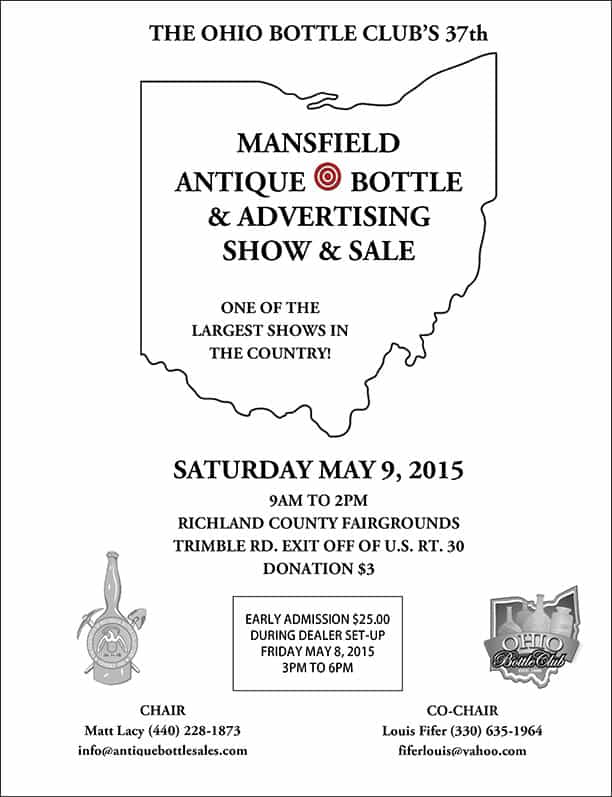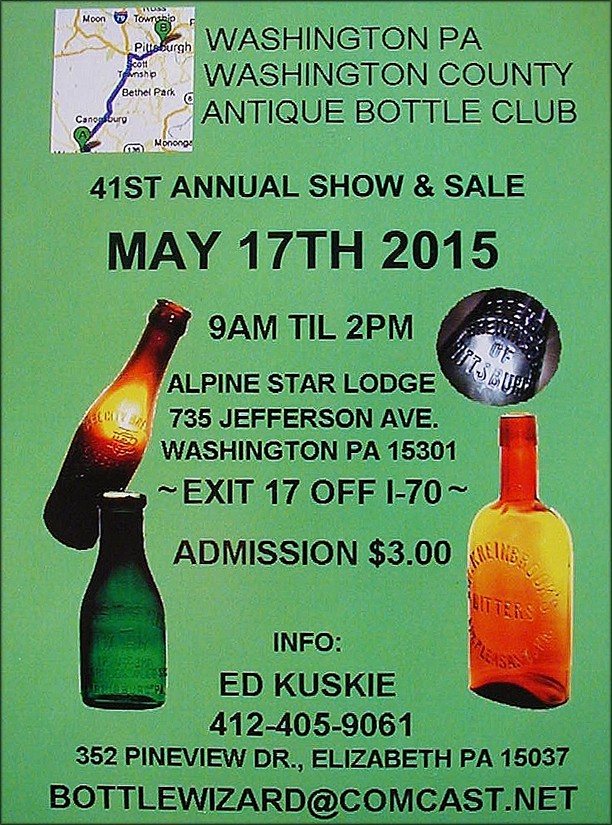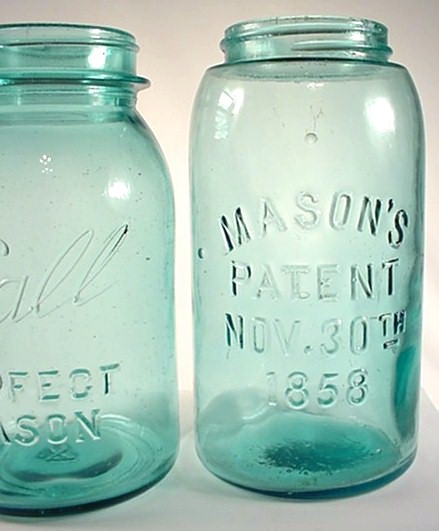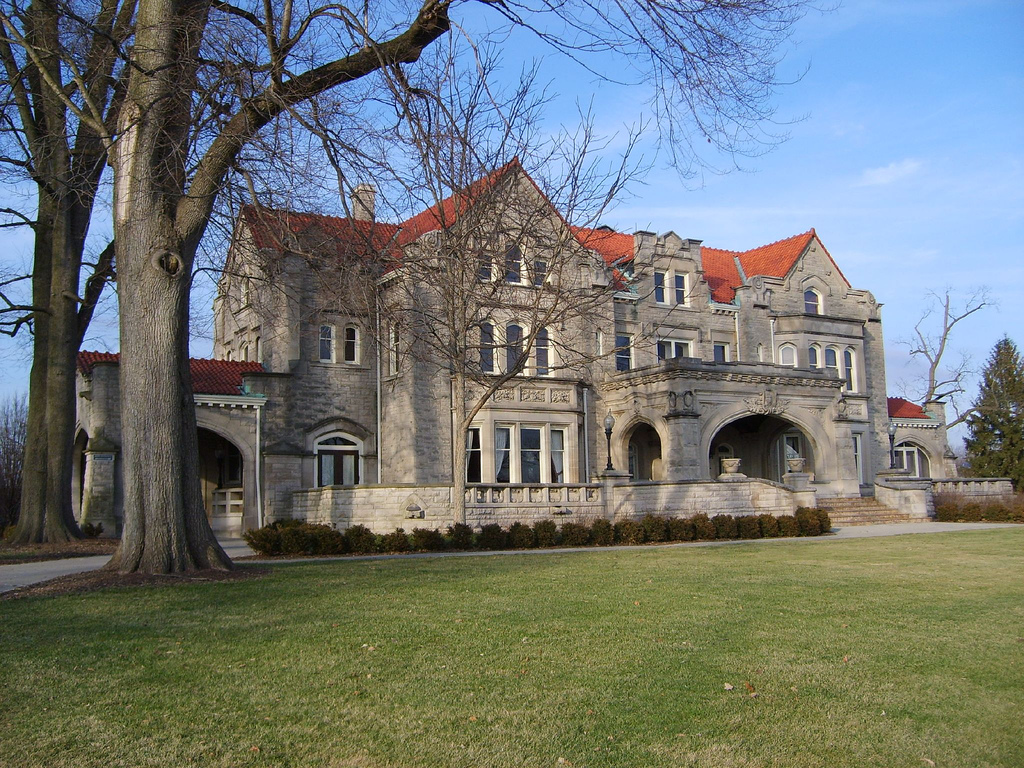
SHOW'n'TELL SESSION - Historical Flasks
[Originally posted in 2009, but well worth repeating.]
A few dealers at our bottle show got together and did a special showing (showing off!) of some special bottles.
Article and pix by Todd Knisely
Pattern Molded Club Bottles
The pattern molded club bottles show here were actually used as table bottles or table decanters. They are similar to the famous "Zanesville Swirl" bottles seen in many auction catalogs and bottle shows around the country.
The difference is a "club" shaped bottle has noticeably straighter sides which eliminates the bulbous form seen in the "swirls or globs".
Although this type of bottle was popular in America from the 18th century, the ones pictured here are all from 1797-1830's period.
They are from various glasshouses ranging from the three New Geneva glasshouses (the first being started by Albert Gallatin) in Pennsylvania near West Virginia, O'Hara & Craig in the Pittsburgh District, and branching westward into the Monongahela and Ohio Valley regions following the Ohio River all the way over to Moscow, Cincinnati, and Kentucky.

Although examples of these forms come in varying shades of amber and sapphire blue, they are almost always found in various shades of aqua and apple greens.
The lightly colored ones (pictured) range in value from $250-800.
You can find less expensive examples but the ones pictured are all better than average examples.
Rib counts do vary but usually show up in 16, 18, & 24.
These bottles are always pontiled and (rarely) are even found with iron pontils.

The club bottles pictured are from the collections of John Pastor, Jim Salzswimmer, Todd Knisley, and John Apple.

Ten Diamond Pocket Flasks
Ten diamond pocket flasks (or chestnuts) are regarded as the best form and pattern of that era.
They are attributed to Zanesville Ohio area glass works and were blown between 1810-30's.
They come in a nice range of colors including aqua, amber, green, and yellow.
The most common colors are somewhat affordable to most collectors and can be found in the $600-1200 range.
Examples in this lower price range typically have a lot of highpoint wear and weak impressions. A spectacular example in a common color can double it's value.

The examples pictured here are super colors and very good impressions.
The dark aqua/teal flask in the middle exhibits an outstanding impression and glass clarity.
All three are top shelf examples and it is very rare that you will find more than one in any one place. This gathering of three was for a collectors show-and-tell and was a rare event for items of this caliber.
An outstanding display can be seen at the Philadelphia Museum of Art in Pennsylvania - link.

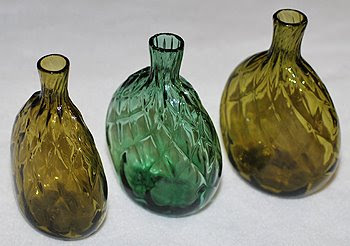
The diamond flasks pictured are from the collections of John Pastor, Jim Salzswimmer, and Jamie Houdeshell.
__________________________
More about historical flasks at http://www.peachridgeglass.com/2012/09/looking-at-five-gorgeous-historical-flasks-in-the-heckler-100-auction/
The FinBotClub Blog is published by the Findlay Antique Bottle Club of Ohio









































